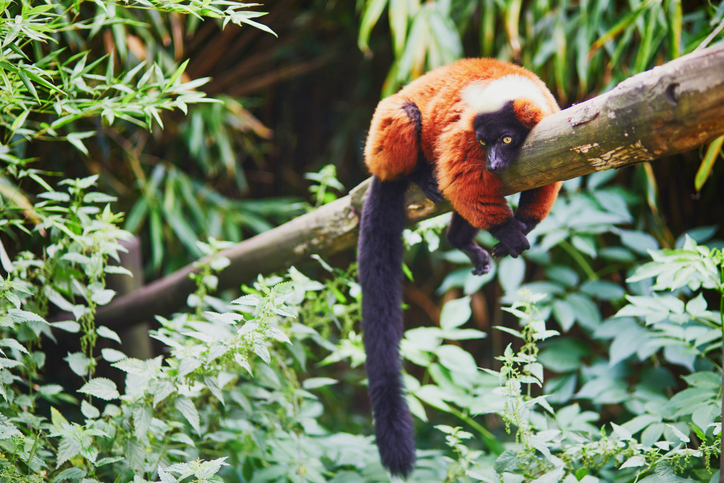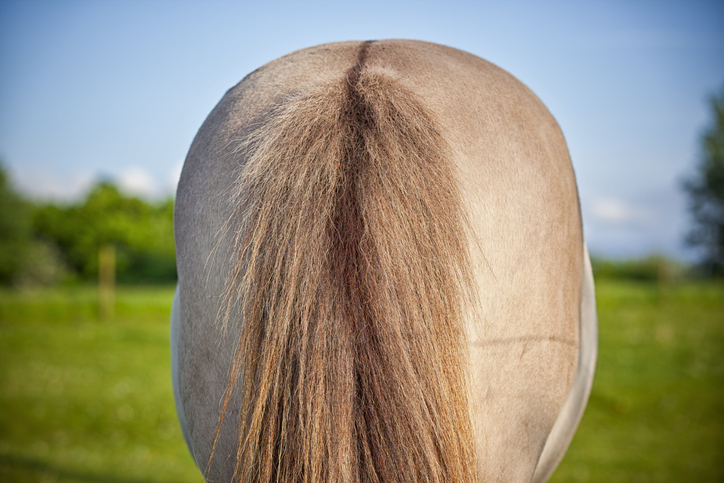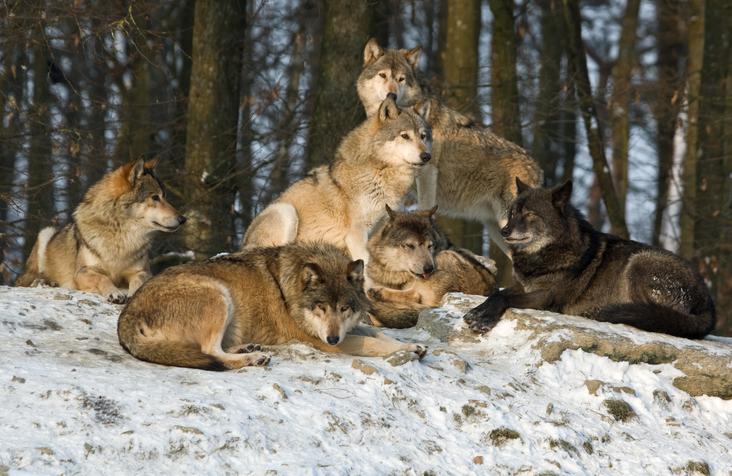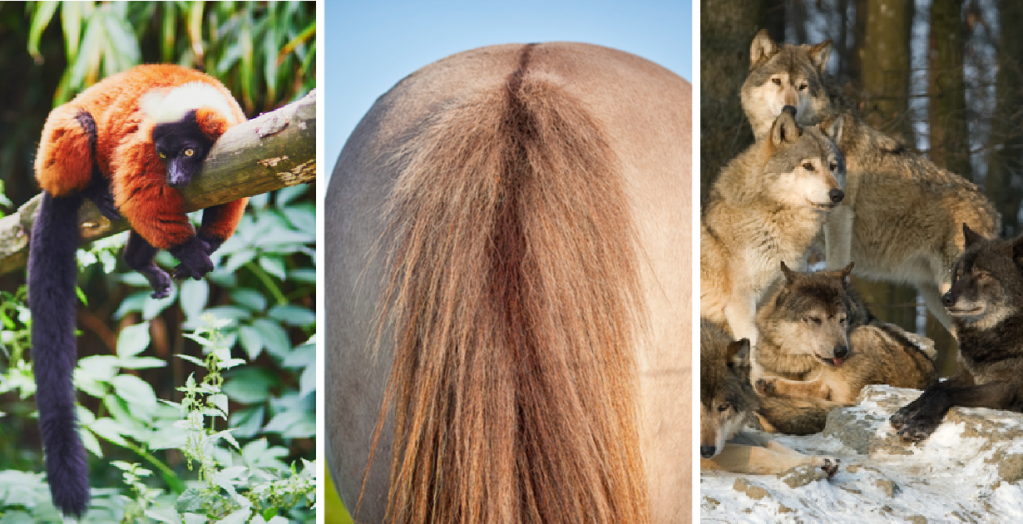Trending Now
There are things you never really think about, but once the question enters your mind, you can’t stop until you have an answer.
We see animals every day. A majority of them have some kind of tail, and that’s just the way it is.
Why, though? Once you start to wonder, you’ve got to go all the way down the rabbit hole, so come on!

Image Credit: iStock
You probably realize there is a practical and evolutionary reason behind the adornment, and science is here to tell you exactly what it is.
For hundreds of millions of years, animals have had tails. They believe they began with fish who had big, fanlike tails that allowed them to escape predators.
Those fish evolved into creatures that lived on land, and so their tails began to adapt to their new environment.
Now, depending on the animal with the tail, it could serve any number of useful purpose.
One might be to assist with balance and movement. This would apply to large animals like a Tyrannosaurus rex – or a modern day kangaroo – as a counterbalance for their weight.

Image Credit: iStock
Cats and other climbing animals also use their tails to help them balance while high off the ground, and monkeys use them for help while swinging from branch to branch.
Other animals primarily use their tails as a defensive mechanism.

Image Credit: iStock
The obvious members of this category are things like stingrays and snakes, also stinging insects. Other insects use their tails to lay eggs.
If you consider swatting flies a defense mechanism, grazing animals would also fall into this category – those long, hairy tails on bison, giraffe, horses, and the like are perfect for swatting flies.
They might also use their tail movements to communicate.

Image Credit: iStock
Birds do use their tails for balance and to reduce drag while flying, but they also employ them in mating displays. They’re prominently seen being used that way in some species, like turkeys and peacocks, but smaller species of birds have similar customs.
Animals that live and hunt in groups, like wolves, use tail positions to indicate ranks. Dogs, the domestic descendant of the wolf, also use their tails to communicate – you likely know what it means when your dog really wags his.
Humans evolved to have no tail, though we would have at one time. Scientists believe those vanished from our ancestors around 20 million years ago, once we began to walk upright and had no need for balance assistance any longer.
I have to say I think I’m kind of thankful for that. It’s probably just because I’m used to no tail, though.
Well, did we answer your questions? I hope so, but let us know in the comments if you have more!






